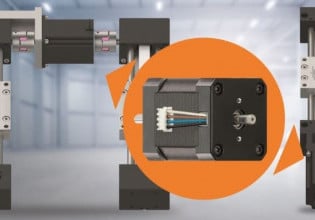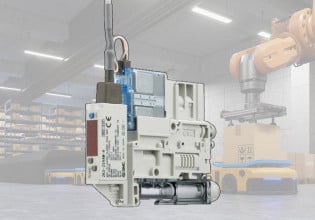P
For data acquisition we normally use a shared memory where a data acqusiton daemon stores the acquired data.
In principle you could do that with a sql database instead of shared memory also. For example MySQL supports tables that are stored in Memory and not on disk.
http://dev.mysql.com/doc/refman/5.0/en/memory-storage-engine.html
Can anybody tell me more about the performance that can be achieved with such a database ? That is how many queries/second can be done ?
This is our principle for data acquisition:
http://pvbrowser.de/pvbrowser/pic/prinzip.png
See:
http://pvbrowser.org
There the shared memory could be easily substituted by a sql database table if the performance is sufficient. I think such a table should be stored in memory and not on disk.
In principle you could do that with a sql database instead of shared memory also. For example MySQL supports tables that are stored in Memory and not on disk.
http://dev.mysql.com/doc/refman/5.0/en/memory-storage-engine.html
Can anybody tell me more about the performance that can be achieved with such a database ? That is how many queries/second can be done ?
This is our principle for data acquisition:
http://pvbrowser.de/pvbrowser/pic/prinzip.png
See:
http://pvbrowser.org
There the shared memory could be easily substituted by a sql database table if the performance is sufficient. I think such a table should be stored in memory and not on disk.






